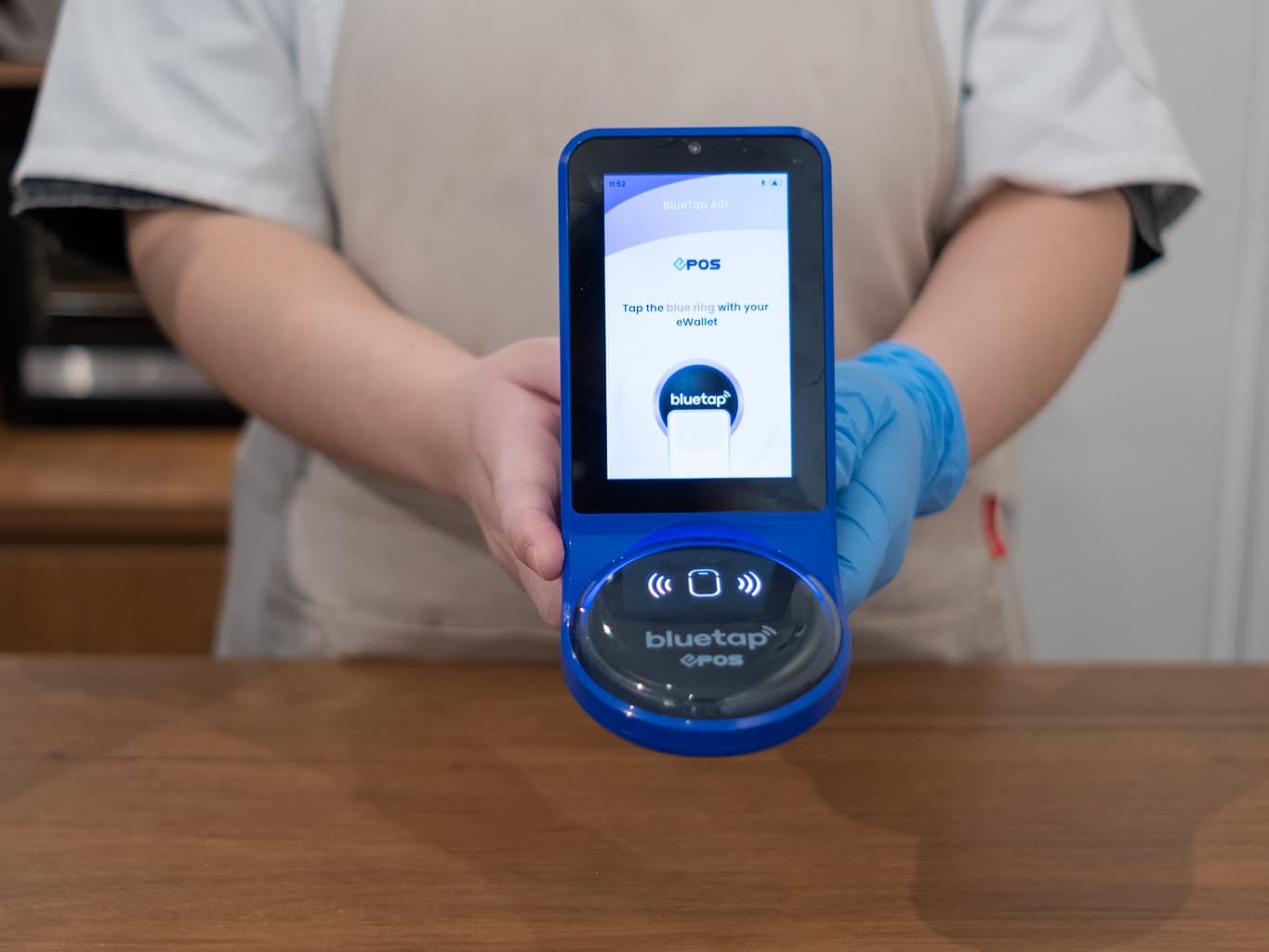
Convoluted legacy payment infrastructures are making way for integrated payment processing systems that are helping companies across all industries stay on the cutting edge.

By Penny Townsend, Co-Founder and Chief Product Officer, Qualpay
The Pain of Reconciling Payments
Many merchants know the feeling—matching credit card transactions from the initial customer sale to the final deposit in one’s bank account can be very confusing. It can also get quite time-consuming. But whether it is frustration or anger or both, you shouldn’t blame yourself for your reconciliation difficulties. Because the truth is matching card transactions from sale to deposit can be hard. The reason for this is something that a lot of merchants are not fully aware of—credit card transactions are actually quite complex. You might not realize this because card transactions happen so fast and seemingly with such ease.
But the truth is it takes a lot of moving parts to make for a successful credit card transaction. There’s the payment gateway. There’s also the processor. There is what is called the acquiring bank. Plus, there are the banks where the merchant and the customer have their separate accounts. And of course, there are the credit card companies themselves like Visa and MasterCard. For example, most credit card transactions require multiple vendors to process a transaction. These vendors can include your payment gateway, processor, acquiring bank and even your depository bank account. All these intermediaries working together step by step make using and accepting credit cards possible. But this is also how things get complicated. Each of these intermediary steps is often conducted by separate vendors. Each of these vendors provides their own reports with their own formats and often their own fees. To get the complete financial picture of a card transaction from start to finish, it becomes necessary to sift through all these various vendor reports, which would require you to see that each of them matches up.
There’s another problem: merchants who make sales through multiple sales channels often face a whole other layer of different vendors. For example, merchants who sell online, as well as in-store, tend to use a different merchant account for each of these sales channels. Historically, the need for a different account has to do with the perceived higher risk profile of e-commerce transactions versus what happens in a brick-and-mortar store. Ultimately this has driven the development of payment solutions specializing in just one of a merchant’s sales channels.
How to cure the reconciliation blues.
Trying to track all of your credit card transactions from start to finish doesn’t have to leave your head spinning. Or your accountant threatening to quit. What you need is an integrated payments platform.
An integrated payments platform combines the payment gateway with the payment processor in one, single seamless system. In other words, there’s one less vendor meaning one less report for you to have to analyze and match against other reports.
An integrated platform also works across all sales channels, whether it be a brick-and-mortar store, a mobile phone, a land-line phone or snail mail. The advantage to this is there is now no longer a need for multiple merchant accounts. One merchant account does it all. And because you are only utilizing one merchant account, you no longer need to receive separate reports from all those various sales channels. Instead, a single report is generally all that is required to record and recognize all your sales and revenue.
There is another important advantage to an integrated platform—by combining multiple intermediaries, an integrated platform gives you the means to trace every transaction from its initial sale to the final deposit in your bank account from just one source. There is no need to collect different data points from multiple sources as there is with non-integrated payments platforms.
This ability to follow a transaction from end-to-end without mixing and matching information coming from various separate sources leads to much more robust data reporting. That is to say it leads to much more concise and detailed reports. And that adds up to a much easier reconciliation process.
Saving time means saving green.
In the end, the better your reconciliation process, the less time you need to devote to the often-tedious accounting activities that go with running a business. And you know the old saying: Time is money. Time is also precious. And wouldn’t you rather use that precious time engaging in the actual activities that define your business rather than handling paperwork? Of course you would! All the more reason to go with a fully-integrated payments processing system. You might say it is the gold standard in credit card processing.
About the author:
Penny Townsend serves as Chief Product Officer at Qualpay, a company which she Co-founded in 2014. With over twenty years of executive experience in the payments industry, Penny leads Qualpay’s business, marketing, product and operations strategies. A frequent speaker at industry events, Penny is passionate about empowering women and minorities, particularly in the payments industry and product management roles. Penny holds an MBA in E-Commerce and Telecommunications from the University of San Francisco.


